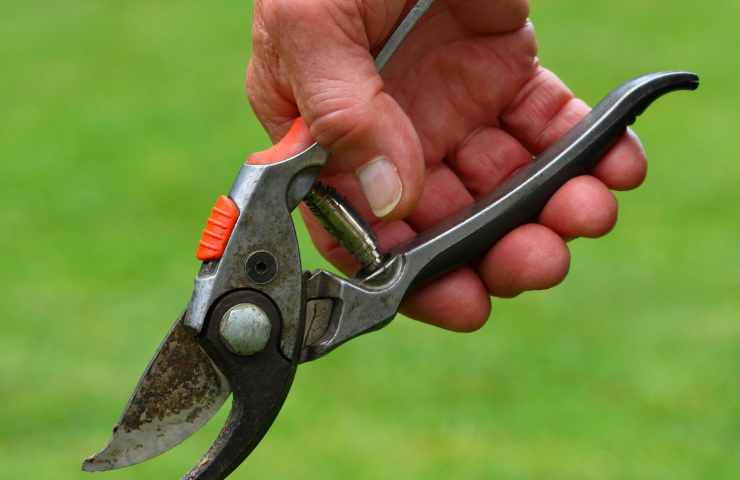
Growing plants at home or in the garden is a passion that many people share. To do this, however, you don’t need to arm yourself with passion alone, but time and dedication are needed, especially based on the varieties chosen, so as not to compromise the health of the crops .
One of the most frequent problems that can cause damage or, in some cases, death to our plants are diseases developed by the attack of parasites . This can be avoided by using specific precautions. Which ones are they?
Crops, how to avoid the formation of parasites? The methods

Diseases developed following the attack of parasites constitute one of the main causes of plant death , both for those placed inside homes and those outside .
But how can this type of problem be avoided? Simple, by adopting some precautions that can make our crops grow healthy and lush. As regards indoor ones , in the first instance it is best to avoid using, during the various jobs, tools that are not too dirty, the same thing also applies to clothes and shoes which, otherwise, could facilitate the entry and subsequent proliferation of insects and parasites.
Another tip is not to let materials such as leaves , dust or dirt settle near the plants . Also in this case it could favor the formation of parasites and bacteria. Furthermore, it would be advisable not to insert new plants near those already present until having isolated them for a few days in order to understand if it is infested.
What to do if we notice infestations
Noticing damage, spots or mold on the leaves or an anomaly in growth, perhaps dictated by a disease that may have affected the roots , natural remedies can be adopted to help the crops. Among the various recommended products, one of the best is Neem oil which should be used directly on the plants. It would be important to remove , with scissors, even the parts of the plant that are now compromised . Finally, it is also a good idea to remove the plants that have not been affected by isolating them from the infested ones.